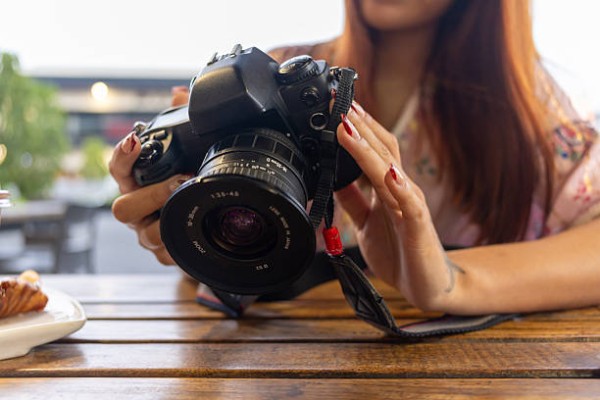
Portrait photography is often associated with longer focal lengths such as 50mm, 85mm, or even 135mm lenses. Yet, the 35mm portrait lens has carved out its own space in the world of portraiture, offering a unique perspective that blends subject intimacy with environmental storytelling. This lens has become a favorite for many photographers who want to capture more than just the subject’s face—it allows them to include the surrounding context while maintaining flattering proportions.
Understanding the 35mm Focal Length
A 35mm lens sits in the wide-to-standard focal range, providing a field of view that closely resembles human vision. Unlike ultra-wide lenses that distort subjects or telephoto lenses that compress backgrounds, the 35mm strikes a balance. This makes it ideal not only for portraits but also for street, documentary, and lifestyle photography.
In portraiture, this focal length encourages the photographer to move closer to the subject, fostering a sense of intimacy and connection. At the same time, it allows enough space in the frame to showcase the environment, telling a richer visual story.
Why Use a 35mm Lens for Portraits?
1. Environmental Portraits
The 35mm portrait lens is excellent for environmental portraits, where the background is as important as the subject. For example, a musician photographed with their instruments in a studio or a chef in their kitchen benefits from the wider field of view that includes context without overwhelming the subject.
2. Natural Perspective
This focal length provides a perspective that feels natural to the viewer. The subject appears realistic and proportionate, avoiding the extreme compression of longer lenses and the distortion of wider ones.
3. Versatility in Framing
A 35mm lens works well for both full-body and half-body shots. It allows photographers to capture portraits that include gestures, movement, and background details while maintaining sharpness and clarity.
4. Low-Light Capability
Many 35mm portrait lenses are designed with wide apertures, such as f/1.4 or f/1.8. This makes them useful in low-light situations, providing flexibility for indoor portraits or evening outdoor shoots. The wide aperture also enables a shallow depth of field, producing soft and creamy background blur (bokeh).
Challenges of Using a 35mm Portrait Lens
While versatile, the 35mm portrait lens comes with certain challenges:
- Potential for Distortion: If the photographer gets too close to the subject, facial features may appear exaggerated, particularly around the edges of the frame. Careful positioning and distance management are crucial.
- Background Distractions: Because the lens captures more of the environment, cluttered backgrounds may become more noticeable. A photographer needs to be mindful of composition to keep the focus on the subject.
- Learning Curve: For those accustomed to shooting with longer portrait lenses, adjusting to the framing and proximity of a 35mm lens can take time.
When to Choose a 35mm Lens Over Other Portrait Lenses
The decision to use a 35mm lens for portraits often depends on the type of story the photographer wants to tell. If the goal is to highlight expressions and isolate the subject, longer focal lengths such as 85mm may be better suited. However, if the photographer wants to convey emotion within a setting—like a couple walking through a city street or a traveler surrounded by cultural elements—the 35mm lens shines.
Techniques for Better 35mm Portraits
- Mind the Distance: Avoid getting too close to the subject’s face, as this can distort features. Position yourself at a comfortable distance to balance perspective.
- Use Leading Lines: Incorporate elements in the environment, such as streets, fences, or architecture, to guide the viewer’s eye toward the subject.
- Play with Aperture: Wide apertures (f/1.4–f/2) can separate the subject from the background, while narrower apertures (f/5.6 and above) retain more environmental detail.
- Experiment with Angles: Shooting from slightly above can minimize distortion, while creative low angles can add drama and interest.
The Artistic Appeal of 35mm Portraits
One of the most compelling reasons photographers embrace the 35mm portrait lens is its ability to create portraits that feel authentic. By incorporating elements of the environment, the lens allows viewers to step into the moment. Whether it’s a candid lifestyle photo, a wedding portrait, or a documentary-style image, the 35mm captures a sense of realism that longer lenses often lack.
Conclusion
The 35mm portrait lens is more than just a tool—it’s a way of seeing. Its ability to blend subject and environment, capture natural perspectives, and provide versatility makes it a popular choice for many genres of photography. While it requires careful attention to distance and composition to avoid distortion, the rewards are portraits that feel immersive, dynamic, and true to life.

